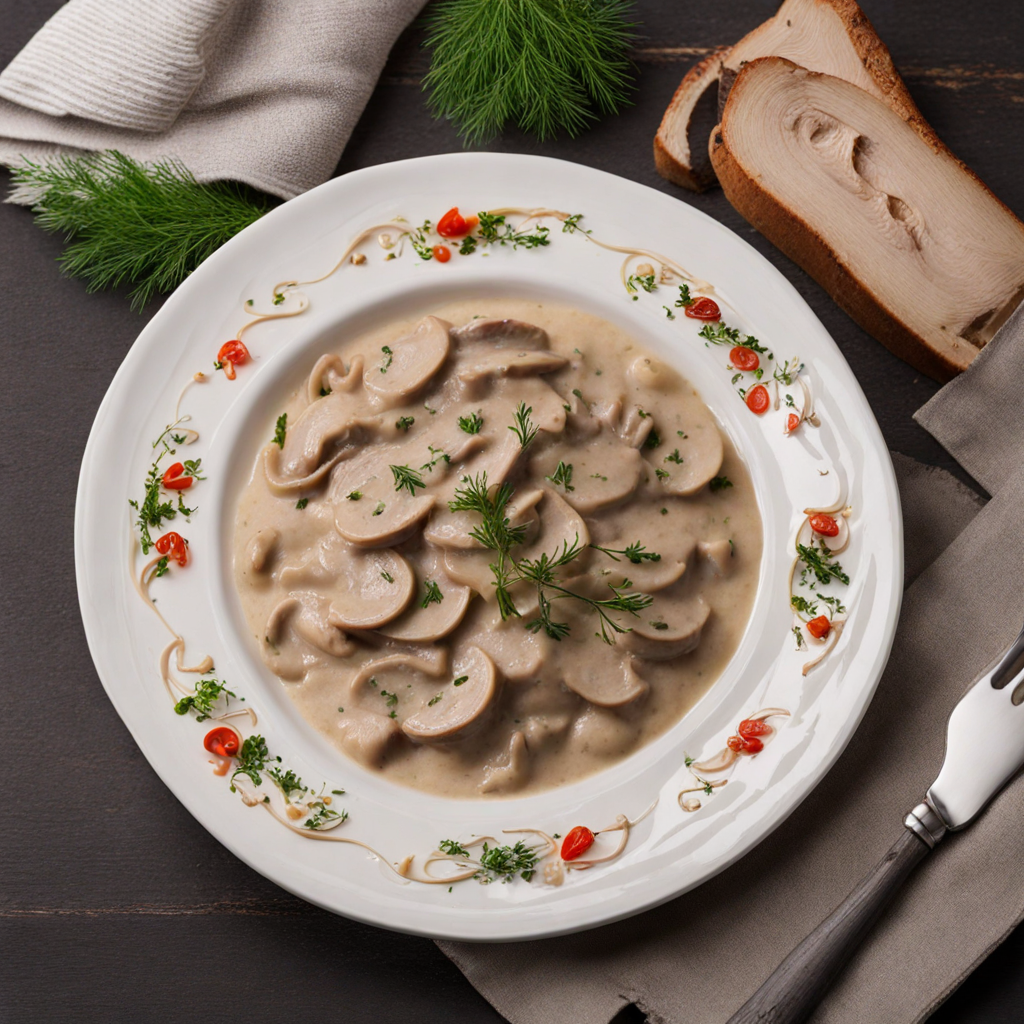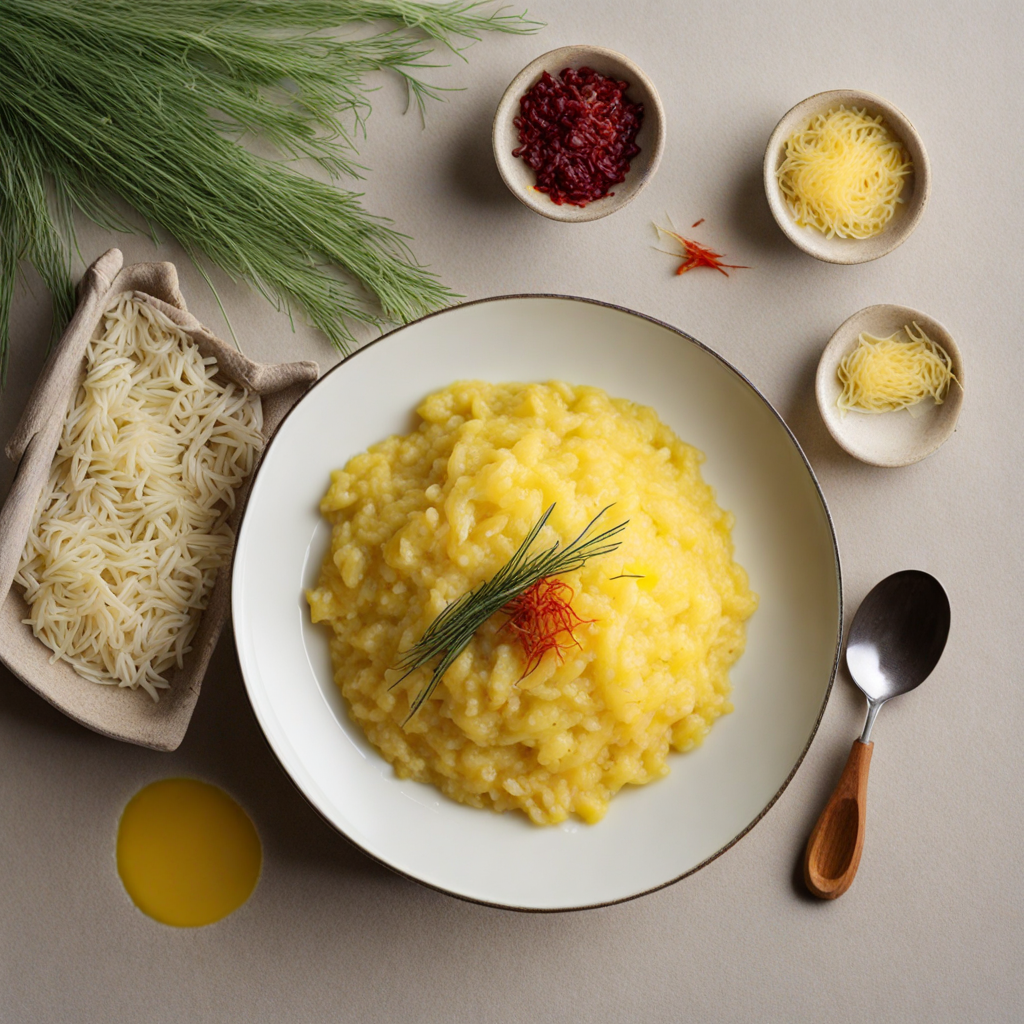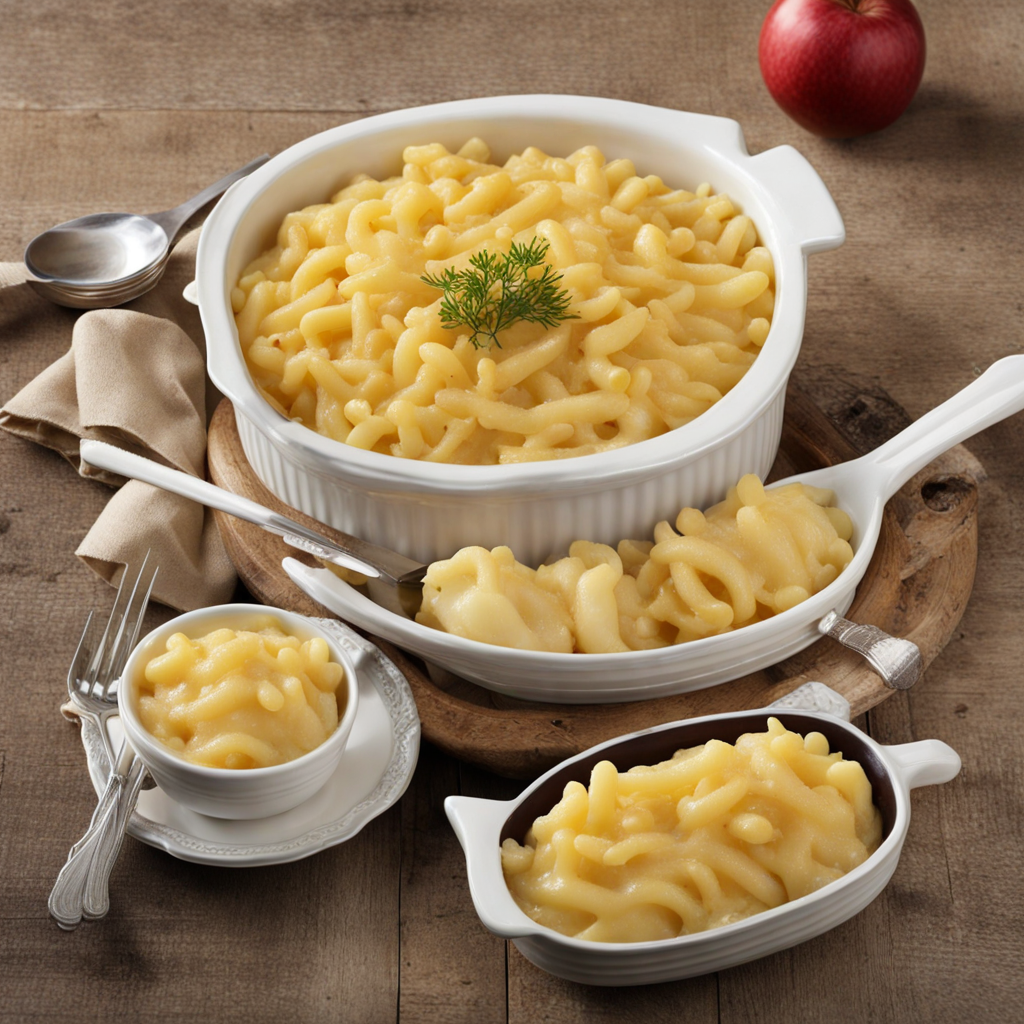Zürcher Geschnetzeltes
Zürcher Geschnetzeltes is a delightful Swiss dish that showcases tender strips of veal cooked in a creamy white wine and mushroom sauce. This dish hails from Zurich, where it has become a beloved specialty, often served with a side of Rösti, a traditional Swiss potato dish that perfectly complements the rich flavors of the Geschnetzeltes. The veal is typically sautéed to a golden brown, allowing it to retain its juices while absorbing the aromatic notes of onions and fresh herbs, creating a mouthwatering combination that is both comforting and satisfying. This dish is not just about the meat; the sauce is a vital component that elevates the overall experience. Made from a mix of heavy cream and white wine, it provides a luxurious richness that envelops the veal and mushrooms. The inclusion of fresh parsley adds a burst of color and freshness to the dish, while the earthy flavor of the mushrooms enhances the umami profile. Each bite delivers a harmonious blend of creamy, savory, and slightly tangy notes that dance on the palate. Zürcher Geschnetzeltes is often enjoyed in a casual dining setting, making it an ideal choice for both locals and visitors eager to explore Swiss cuisine. The combination of textures – from the tender veal to the velvety sauce – along with the crispy Rösti, creates a delightful experience that is quintessentially Swiss. Whether served at a cozy restaurant or prepared at home, this dish encapsulates the warmth and heartiness of Swiss cooking, making it a must-try for anyone looking to indulge in new flavors.
How It Became This Dish
The Culinary Journey of Zürcher Geschnetzeltes: A Swiss Delight Zürcher Geschnetzeltes, a quintessential dish from Zurich, Switzerland, epitomizes the rich tapestry of Swiss cuisine. This creamy veal dish, typically served with Rösti, has roots that intertwine with the city’s history, culture, and culinary evolution. To fully appreciate Zürcher Geschnetzeltes, we must explore its origins, significance, and development through the ages. #### Origins: A Culinary Birthplace Zürcher Geschnetzeltes translates to “Zurich-style sliced meat,” indicating its geographical and culinary roots. Its origins can be traced back to the late 19th century, a time when Zurich was undergoing significant transformation. The city was not only a hub for trade and finance but also a melting pot of cultures due to increased migration and industrialization. The dish is believed to have evolved from traditional Swiss cooking methods, where veal was a favored meat due to the country’s agricultural practices. The use of fresh, local ingredients was paramount, and the preparation methods reflected a deep respect for quality. Chefs began to experiment with flavors and techniques, leading to the creation of Zürcher Geschnetzeltes. Historically, veal has been a staple in Swiss kitchens, often highlighted in festive meals and special occasions. The dish likely emerged as a way to celebrate the bountiful local livestock while also catering to the tastes of an increasingly cosmopolitan clientele. By the turn of the 20th century, Zürcher Geschnetzeltes had become synonymous with Zurich’s gastronomic identity. #### Cultural Significance: A Culinary Icon Zürcher Geschnetzeltes is more than just a dish; it symbolizes Zurich's culinary heritage and reflects the city’s cultural identity. Swiss cuisine is characterized by its regional diversity, but Zürcher Geschnetzeltes stands out as a representative of Zurich's unique flair. The dish embodies the principles of Swiss cooking: simplicity, quality, and a strong connection to local ingredients. The cultural significance of Zürcher Geschnetzeltes is also evident in its presence in local restaurants and homes. It is not merely a menu item but an integral part of Zurich’s social fabric. The dish is often associated with gatherings, celebrations, and family meals, serving as a bridge between generations. It has been embraced by locals and visitors alike, becoming a must-try for anyone wishing to experience authentic Swiss cuisine. In addition, Zürcher Geschnetzeltes is emblematic of the broader trends in Swiss gastronomy, where traditional recipes are preserved while also adapting to contemporary tastes. This adaptability has allowed the dish to maintain its relevance in a fast-evolving culinary landscape. #### Development Over Time: From Tradition to Modernity As time progressed, Zürcher Geschnetzeltes underwent various transformations, adapting to changes in culinary practices and societal preferences. The core ingredients remain consistent—tender veal, mushrooms, cream, and white wine—but the methods of preparation and presentation have evolved. Early 20th Century: Classic Preparation In the early 1900s, Zürcher Geschnetzeltes began to gain popularity beyond Zurich, as chefs outside the region recognized its appeal. The traditional preparation involved sautéing thinly sliced veal with onions and mushrooms, deglazing the pan with white wine, and then adding a rich cream sauce. This classic method emphasized the flavors of the ingredients, allowing the natural taste of the veal to shine through. Mid 20th Century: Expanding Palate By the mid-20th century, as Switzerland experienced post-war prosperity, dining out became more popular. Zürcher Geschnetzeltes found its way into fine dining establishments, where chefs began to experiment with garnishes and plating. The dish was often served with Rösti, a Swiss potato dish that complemented the creamy sauce beautifully. This pairing became a hallmark of Swiss dining, further entrenching Zürcher Geschnetzeltes in the national consciousness. Late 20th Century: International Recognition The latter part of the 20th century saw Zürcher Geschnetzeltes gain international recognition, thanks in part to the rise of gourmet cuisine and the globalization of food culture. Swiss restaurants outside of Switzerland began to feature the dish, showcasing it as a highlight of Swiss culinary tradition. This exposure led to a resurgence of interest in Swiss dishes, as food enthusiasts sought to explore the flavors of Switzerland. Additionally, the late 20th century brought a greater emphasis on sustainability and ethical sourcing in cuisine. As diners became more conscious of where their food came from, Zürcher Geschnetzeltes adapted to include locally sourced veal and organic ingredients. Chefs sought to honor the traditional flavors of the dish while also aligning with contemporary values. 21st Century: Modern Interpretations In the 21st century, Zürcher Geschnetzeltes continues to thrive, with chefs putting innovative spins on the classic recipe. While traditionalists might frown upon alterations, modern interpretations have introduced variations such as the use of alternative proteins, plant-based creams, and even fusion elements that incorporate global flavors. Restaurants now offer a variety of presentations of Zürcher Geschnetzeltes, from rustic to refined, reflecting the diverse palates of contemporary diners. This evolution demonstrates the dish's resilience and adaptability, ensuring that it remains a relevant and beloved part of Swiss cuisine. #### Conclusion: A Dish with Legacy Zürcher Geschnetzeltes is more than just a meal; it is a culinary legacy that tells the story of Zurich and its people. Rooted in a rich tradition, this dish has evolved over time, adapting to changing tastes and cultural shifts while retaining its core essence. As both a comfort food and a symbol of Swiss culinary pride, Zürcher Geschnetzeltes continues to delight diners, bridging the past with the present and inviting future generations to savor its creamy goodness. In a world where culinary traditions often fade, Zürcher Geschnetzeltes stands as a testament to the enduring power of food to connect us to our heritage and to one another. Whether enjoyed in the heart of Zurich or in a cozy Swiss restaurant abroad, this dish remains a beloved expression of the flavors, history, and culture of Switzerland.
You may like
Discover local flavors from Switzerland







